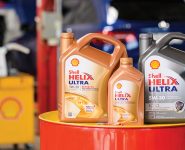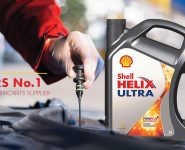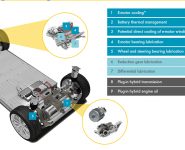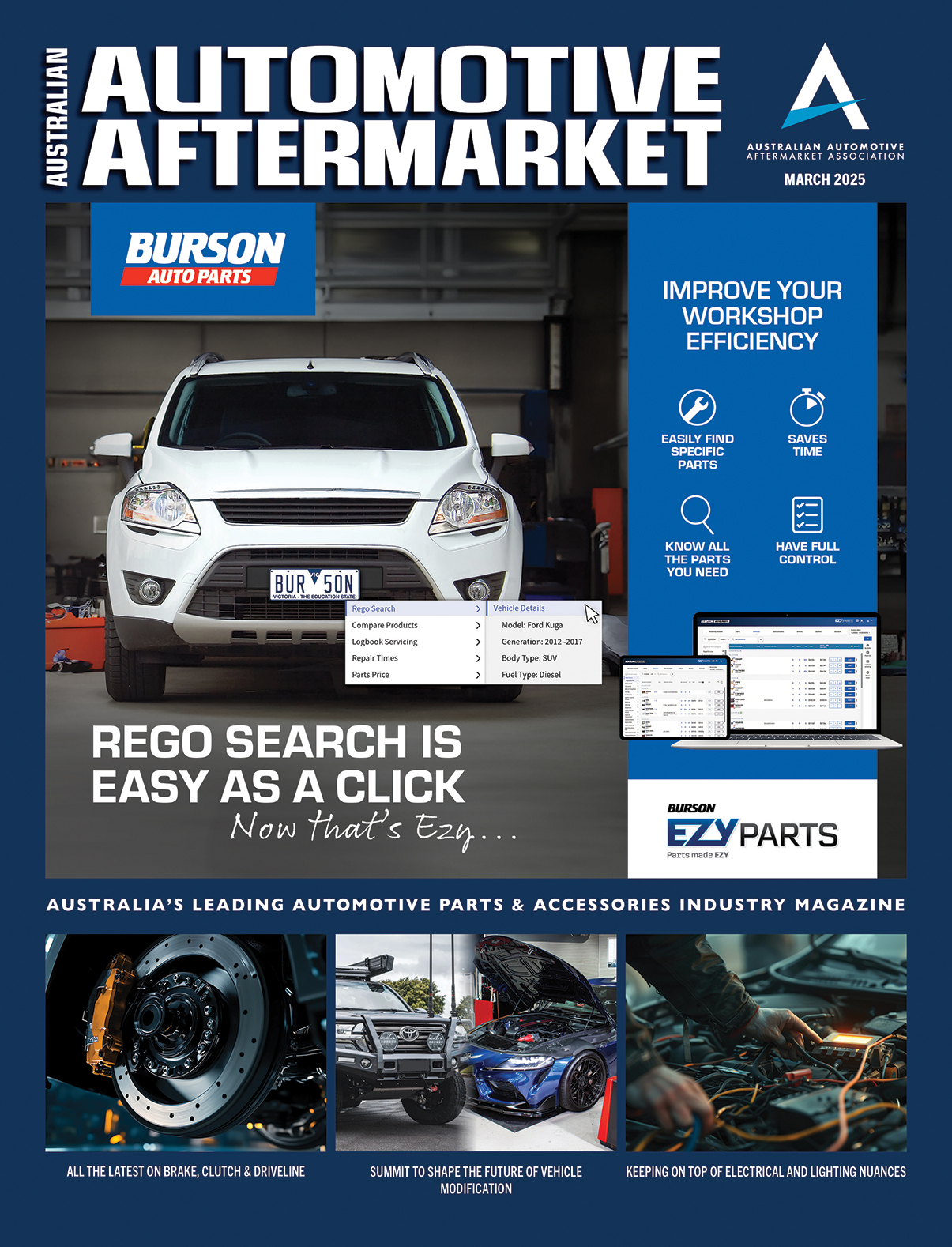THE ROLE OF SHELL HELIX LOW-VISCOSITY OILS IN FUEL ECONOMY
Automotive workshops and OEMs are increasingly focusing on fuel economy to reduce carbon emissions
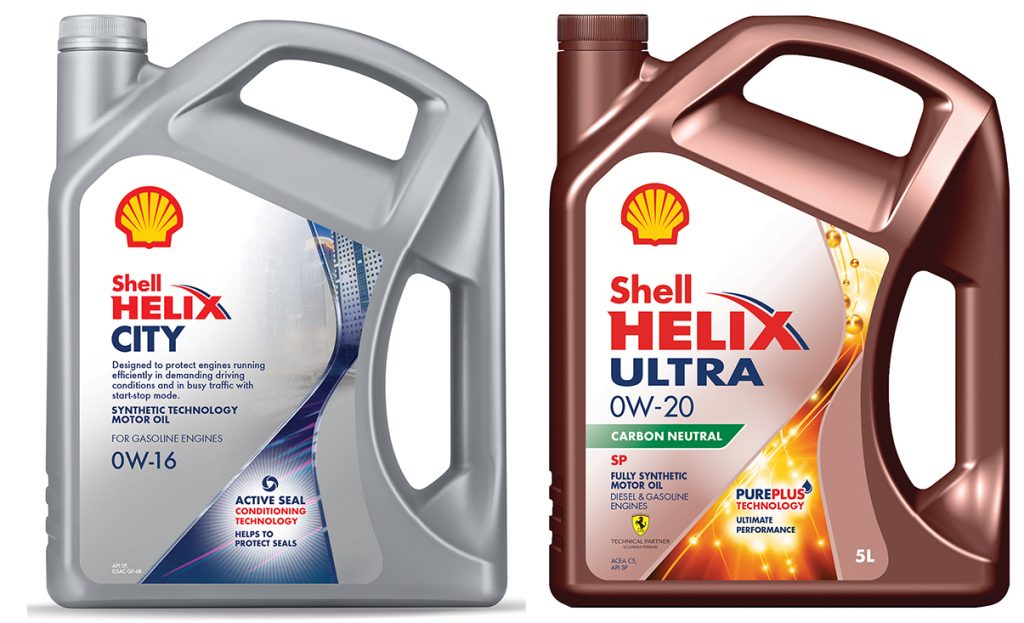
This is because CO2 is emitted with every litre of fuel burned, so less fuel consumption means lower CO2 emissions.
“The growing demand for improved fuel economy and the shift towards sustainability and EVs have driven the adoption of low-viscosity engine oils,” explains Silvana Farrugia, Technical Adviser at Viva Energy, Shell Lubricants Help Desk.
However, transitioning from heavier viscosity oils to thinner ones has been slow for many OEMs due to concerns about performance, protection, and cost.
“It has taken nearly a decade for many OEMs to overcome apprehensions about the performance and protection of low-viscosity oils,” Silvana said.
In general, lower-viscosity oils reduce the amount of energy required to keep engine components in motion, which lowers fuel consumption.
Developing and testing new engine oils requires a careful balance: fuel economy must be balanced with product durability.
“Consumers want to know that any performance benefits were tested and achieved under conditions that closely match their real operational conditions for the oil,” Silvana said.
To isolate the effect of a lubricant, oil formulators conduct large-scale experiments that minimise the number of variables to be controlled and standardise those variables that cannot be controlled.
This approach eliminates bias and enables accurate evaluations of an oil’s impact on fuel economy.
To support this growing trend, Shell says it is driving the development of effective low-viscosity motor oils.
In 2011, Shell invested in and built the Pearl GTL plant – which it says is the world’s largest gas-to-liquids plant – along the coast from Doha, Qatar. It was the culmination of hundreds of millions of hours work.
Ten years later, it says the decision to put that time and effort towards producing low-viscosity engine oils made from natural gas is paying off.
“We are already seeing APAC markets move to lower-viscosity engine oils, for example adopting SAE 0W-20 lubricants, amid growing interest in even lower viscosities like the Shell Helix City 0W-16 viscosity,” Silvana said.
With the rise of Hybrid Electric Vehicles (HEVs), workshops must adapt to meet the needs of frequent stop-start vehicles and protect engines from rust and corrosion.
“Shell Helix City 0W-16 low-viscosity oil has been designed for demanding city driving, including Hybrid vehicles with start-stop mode, to protect against wear while also reducing overall fuel consumption in daily city drives,” Viva Energy Head of Lubricants Sales and Marketing, Renee Reilly, said.
“There are also many benefits in using low-viscosity oils made with GTL technology,” Silvana said.
“Free of the contaminants inherent in conventional oils, they can generally provide better wear protection and longevity.
“The main reason for the trend towards lower viscosity is the desire among drivers to achieve better fuel efficiency.”
Shell says this is supported by the fact that simply switching to a premium low-viscosity oil can help to increase fuel efficiency by up to three percent1.
According to Shell, this is one of the many ways it is helping consumers to manage their sustainability needs, and also reduce fuel consumption, whichever vehicle they drive.
To learn more about lower-viscosity motor oils, reach out to Viva Energy Australia (Shell Lubricants Macro Distributor) technical helpdesk on 1300 134 205 or technicalhelpdesk@vivaenergy.com.au
- Based on ACEA M111 fuel economy results compared with the industry reference oil



